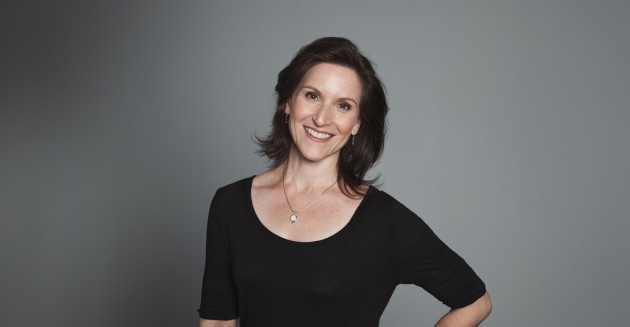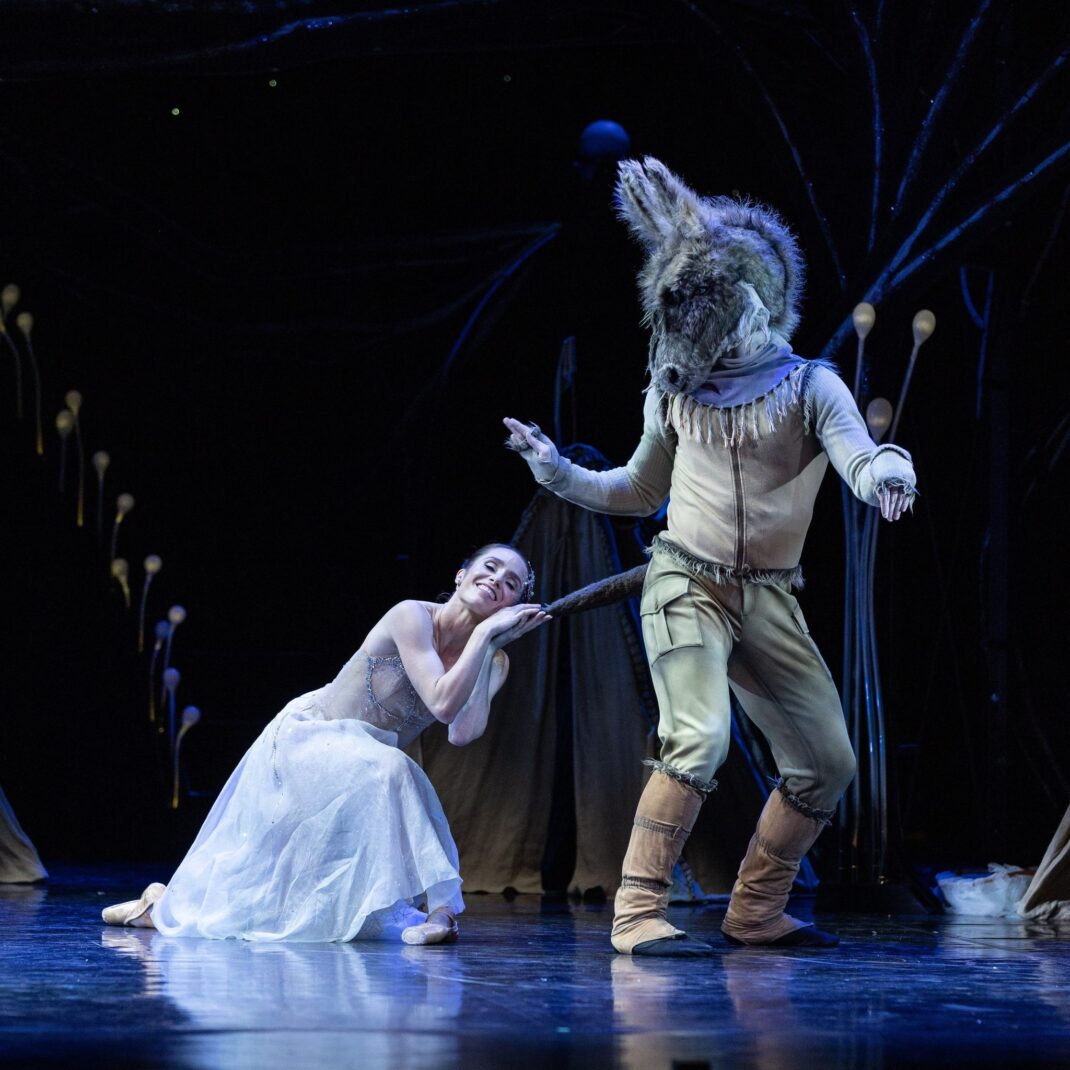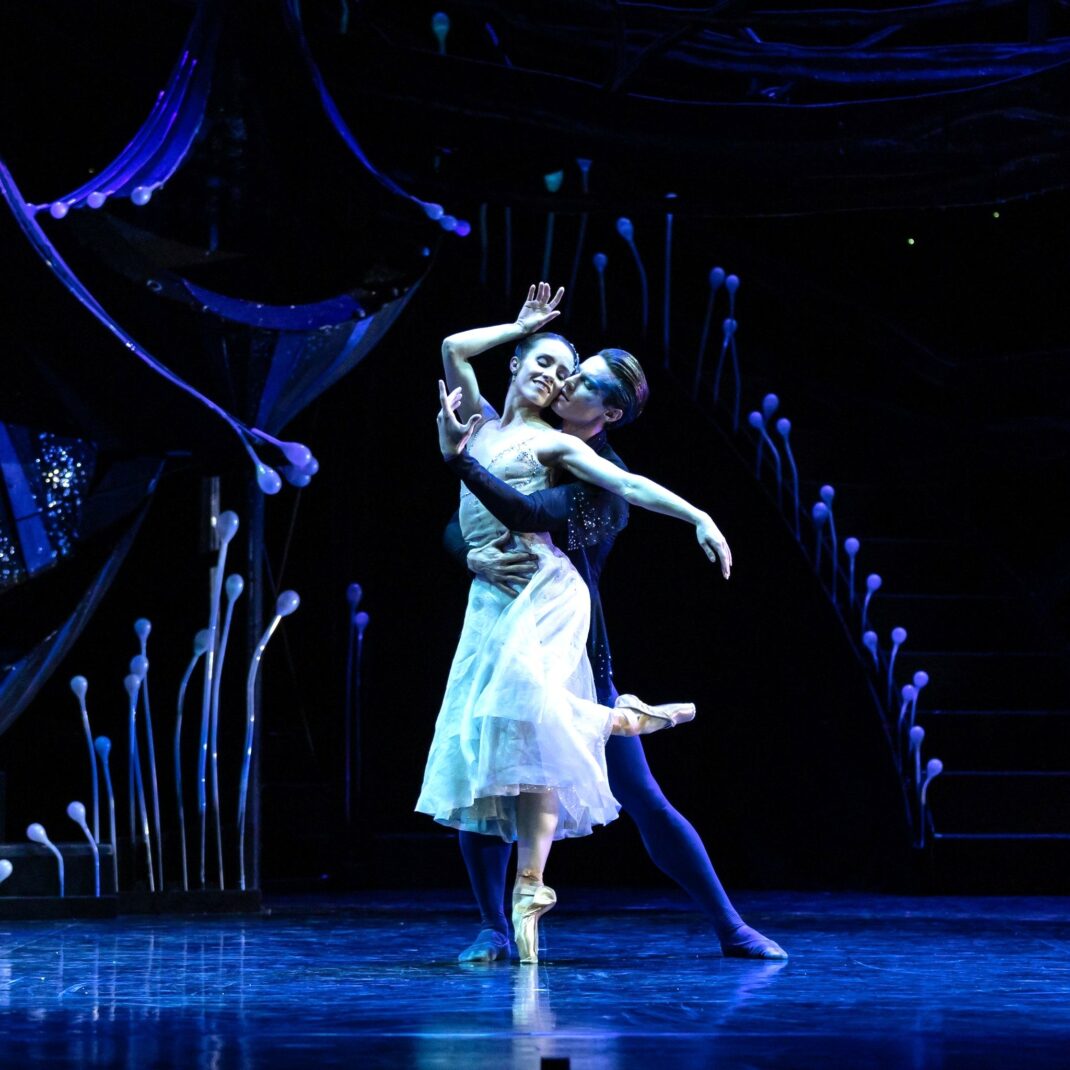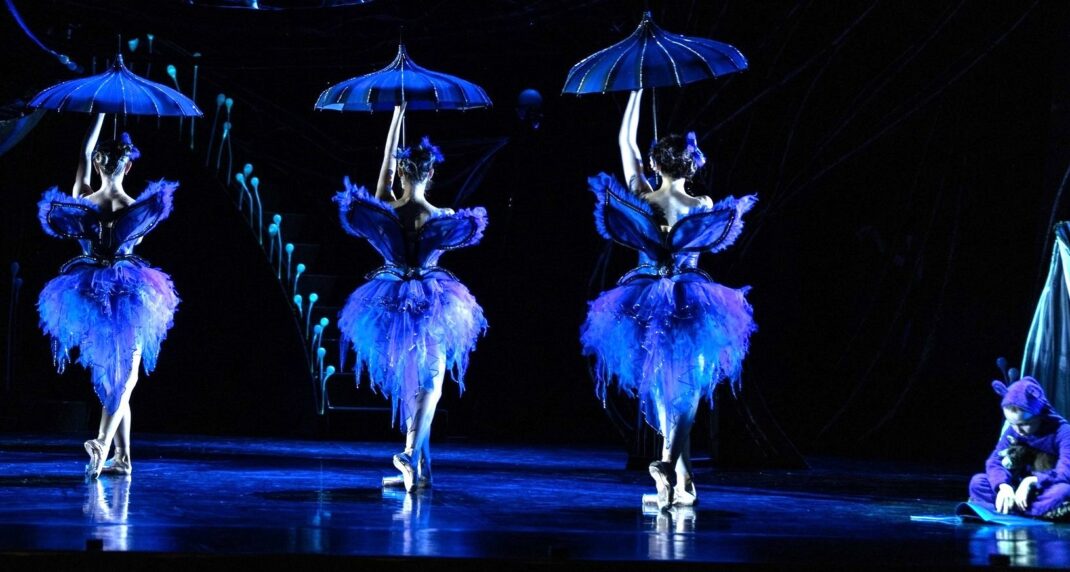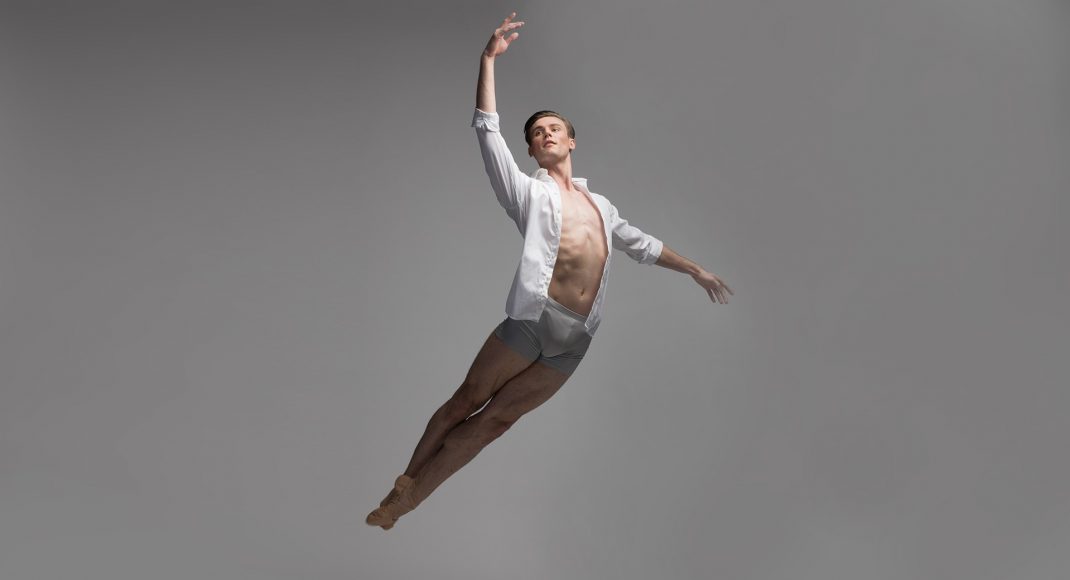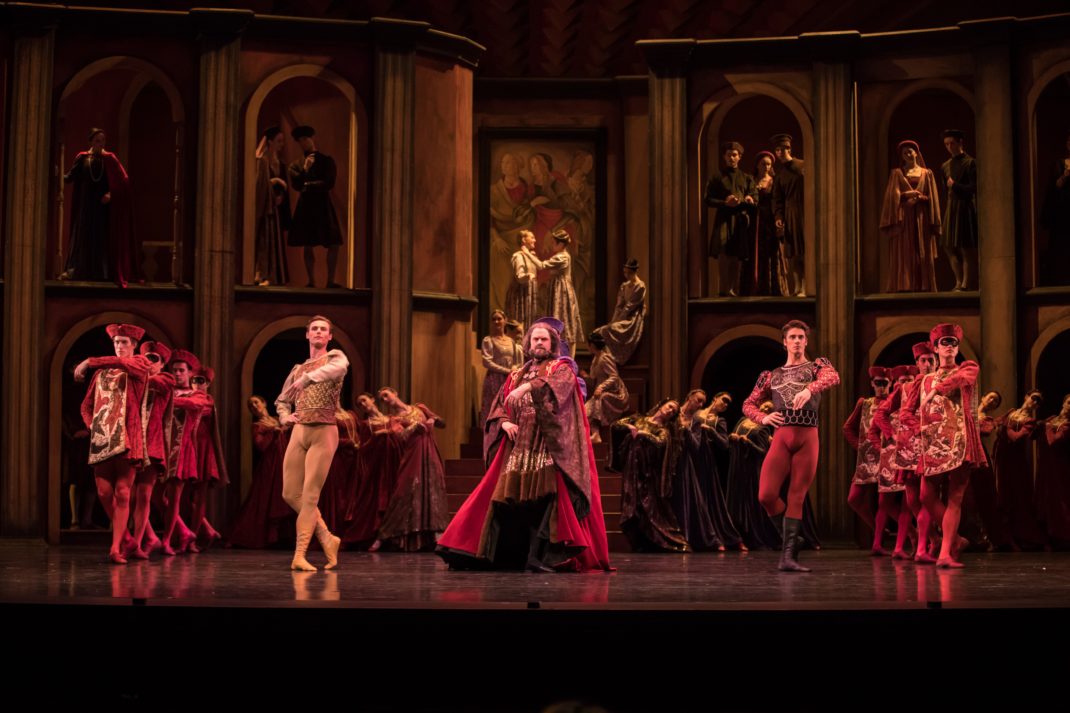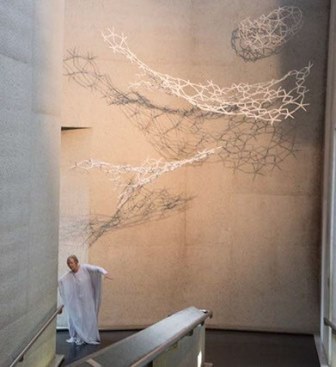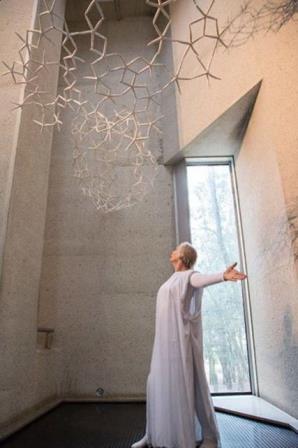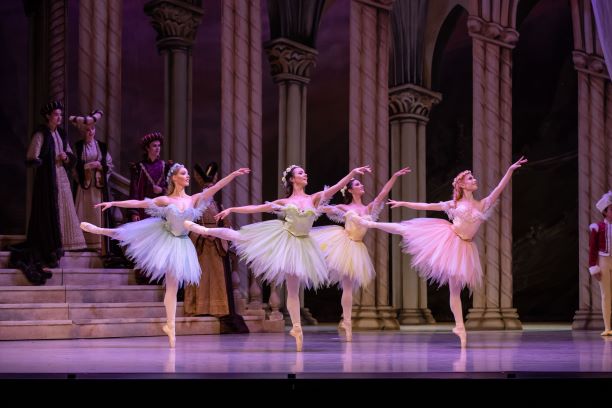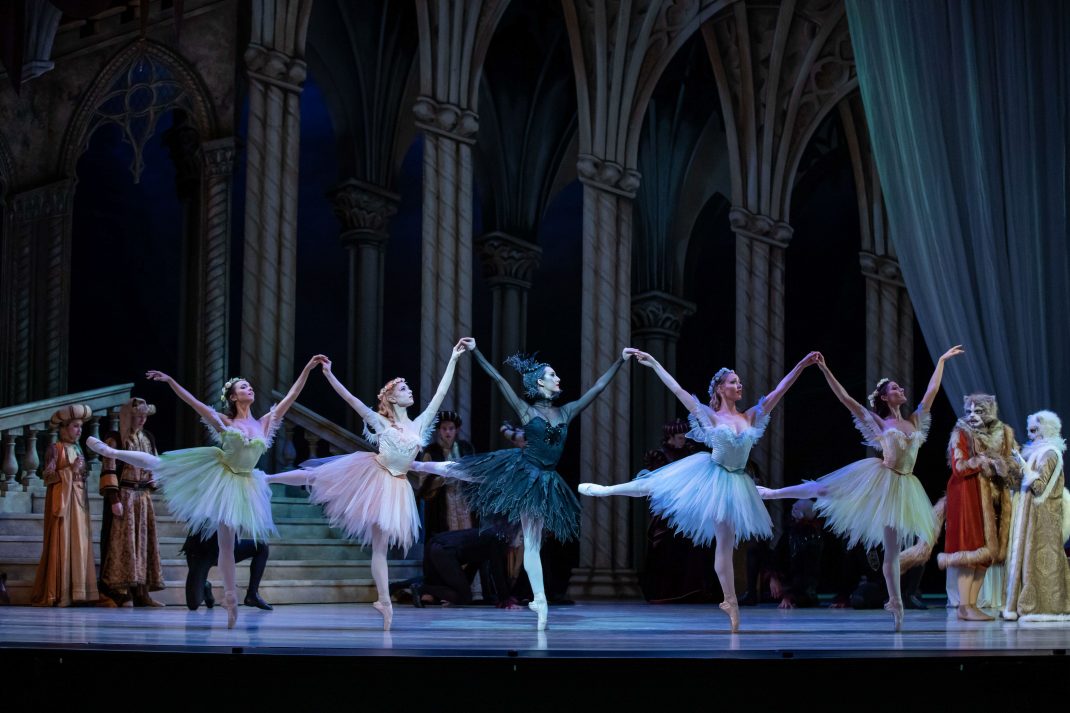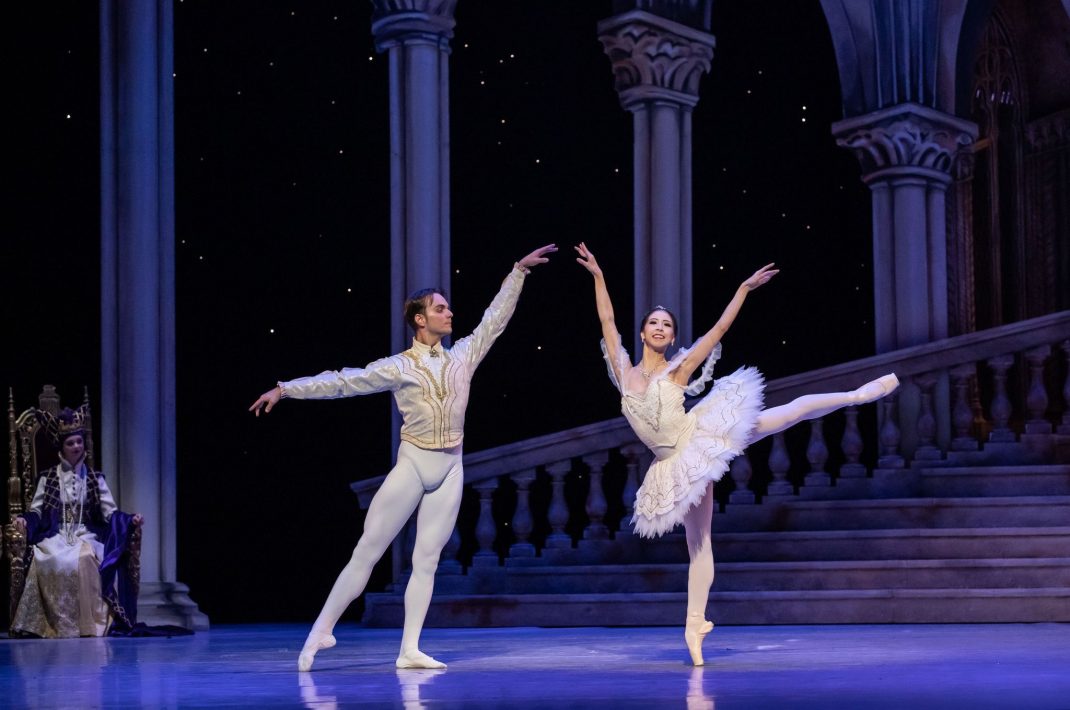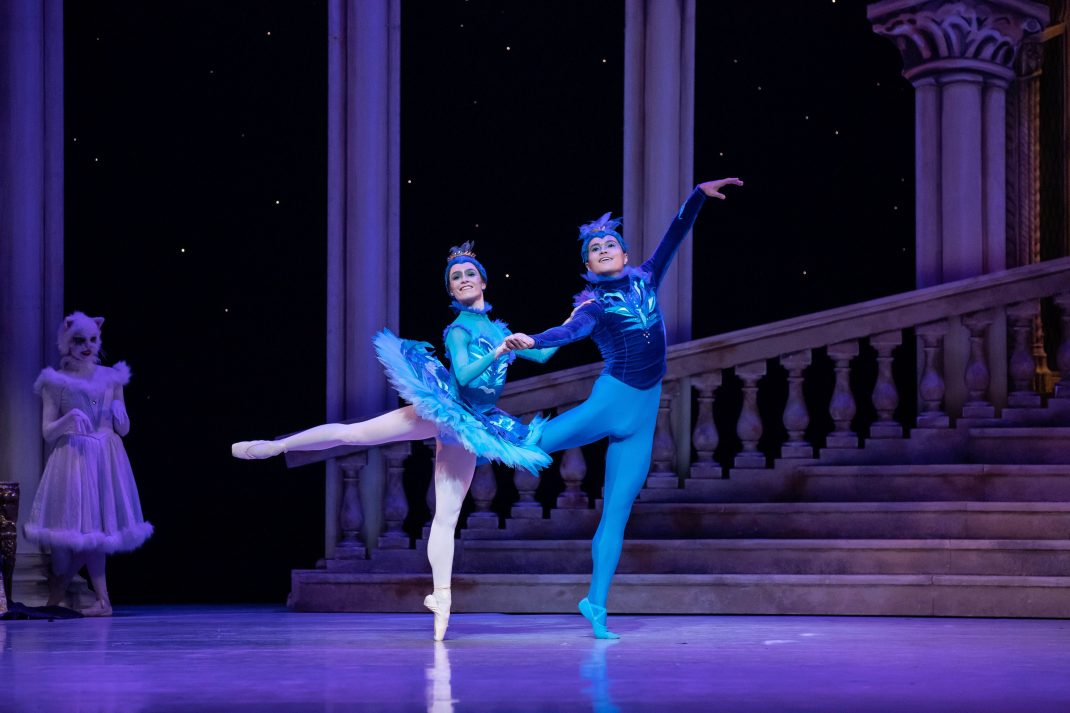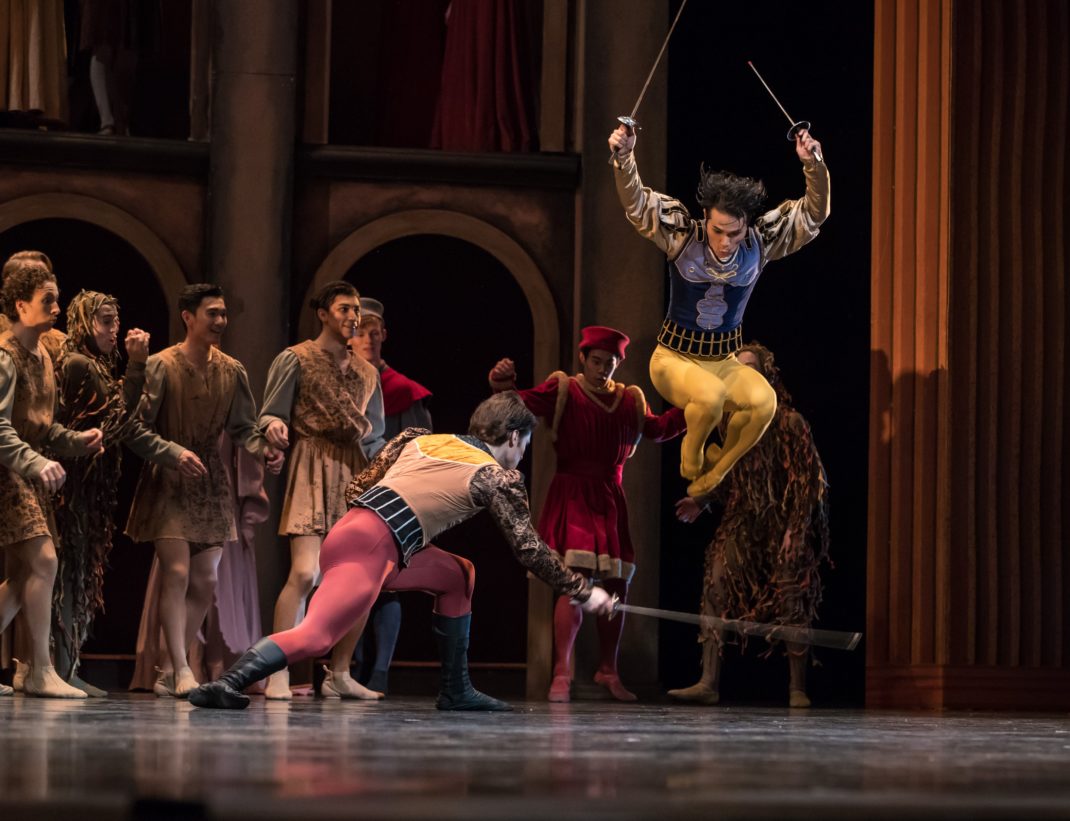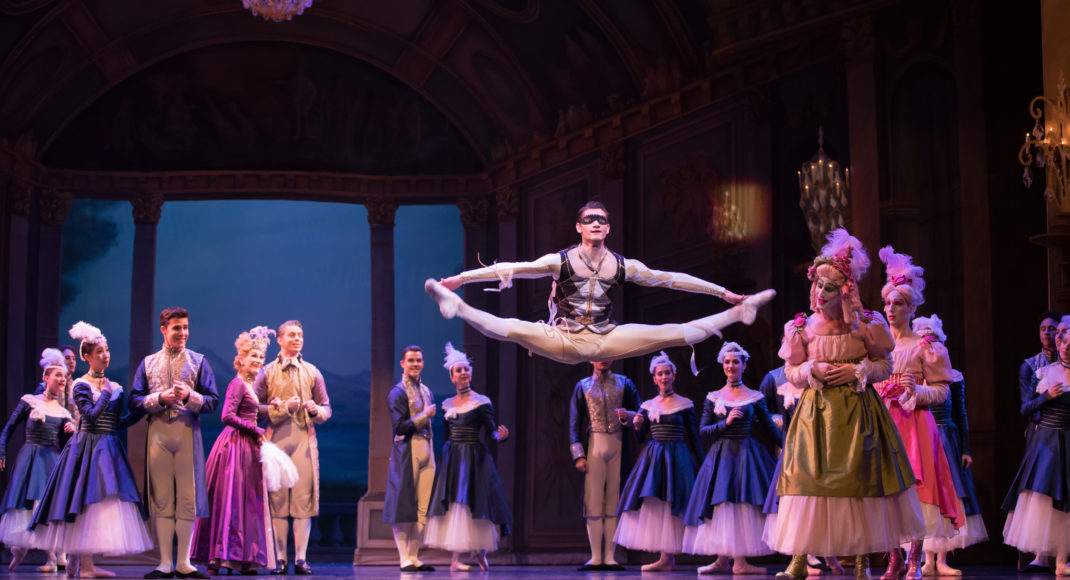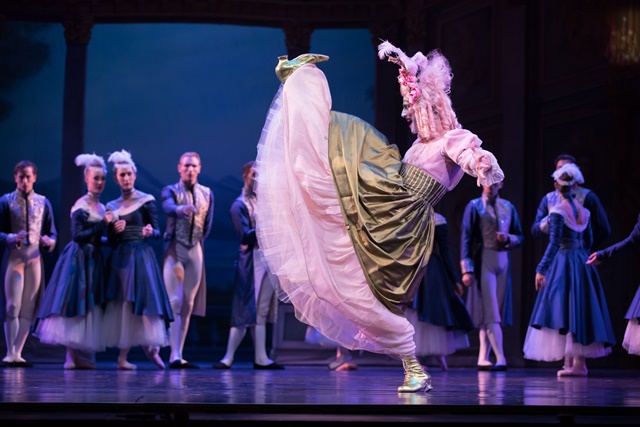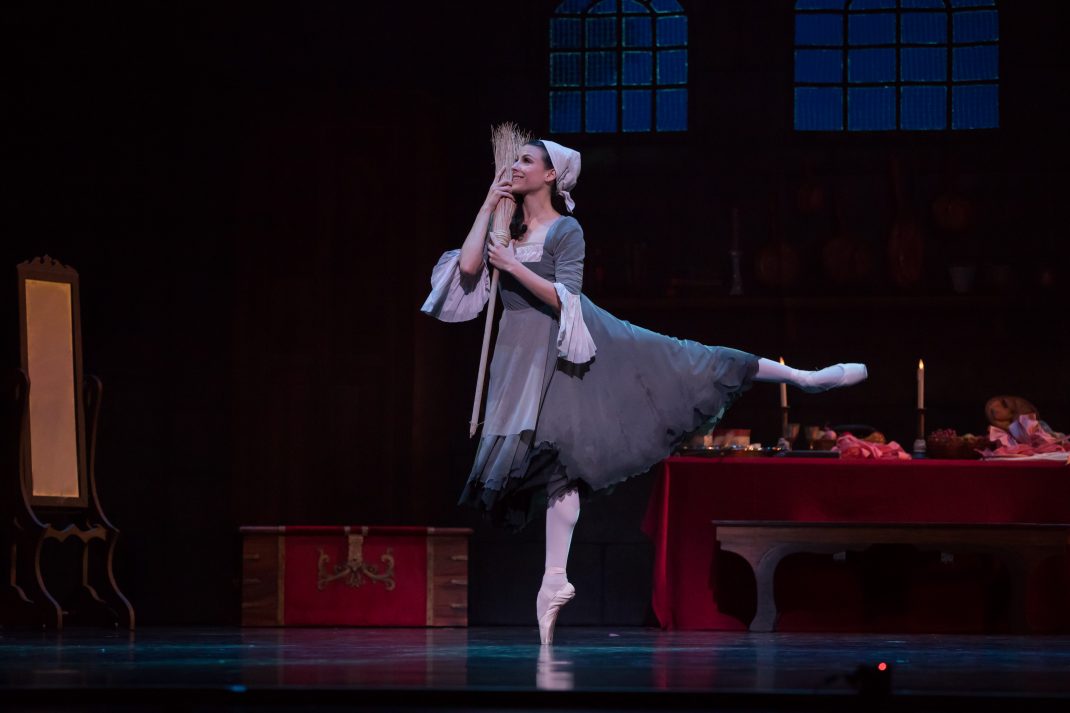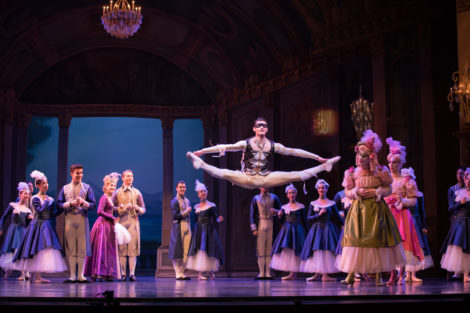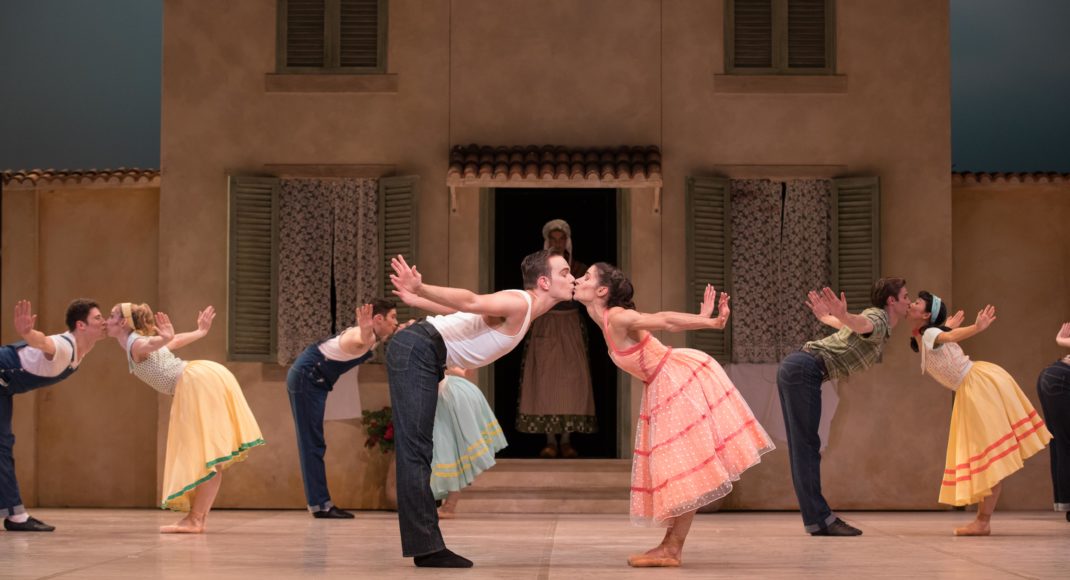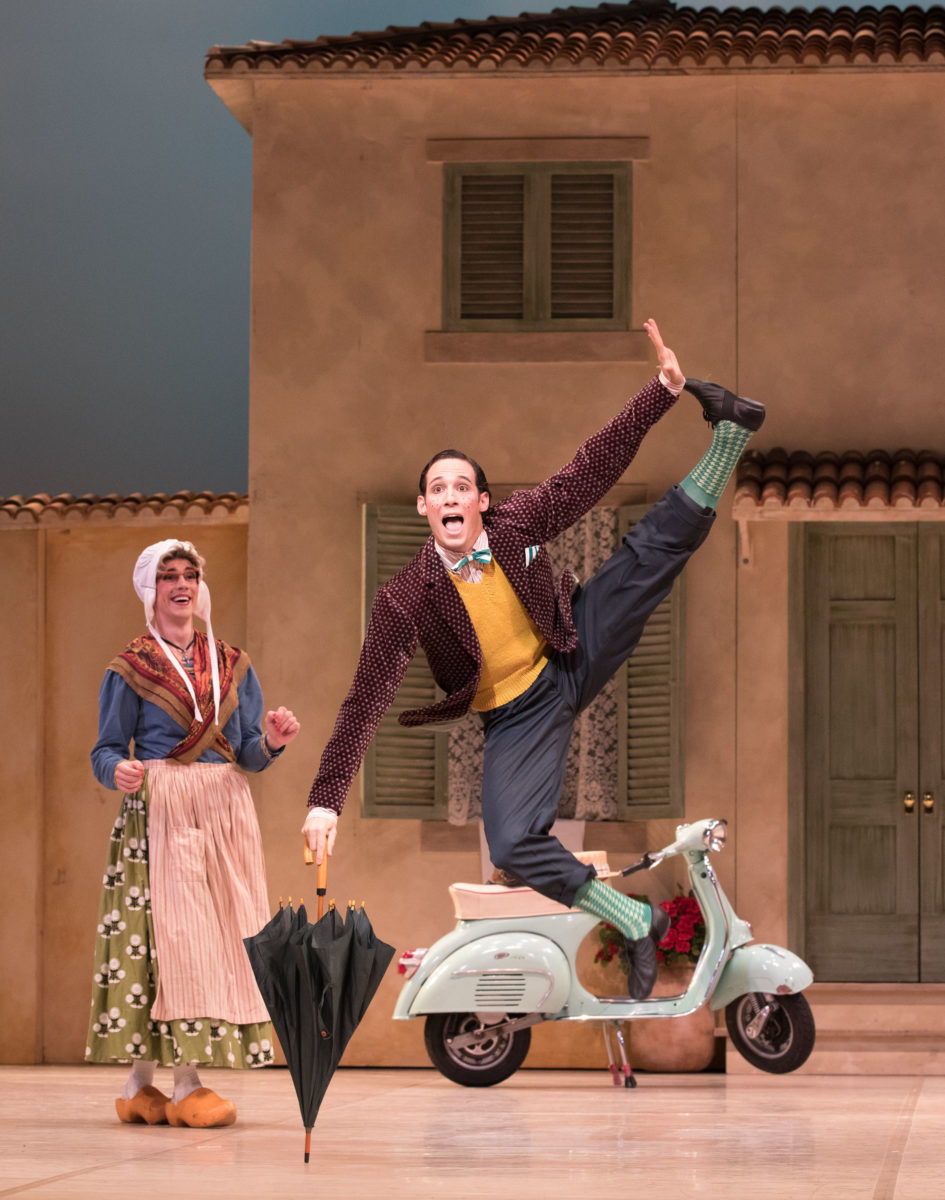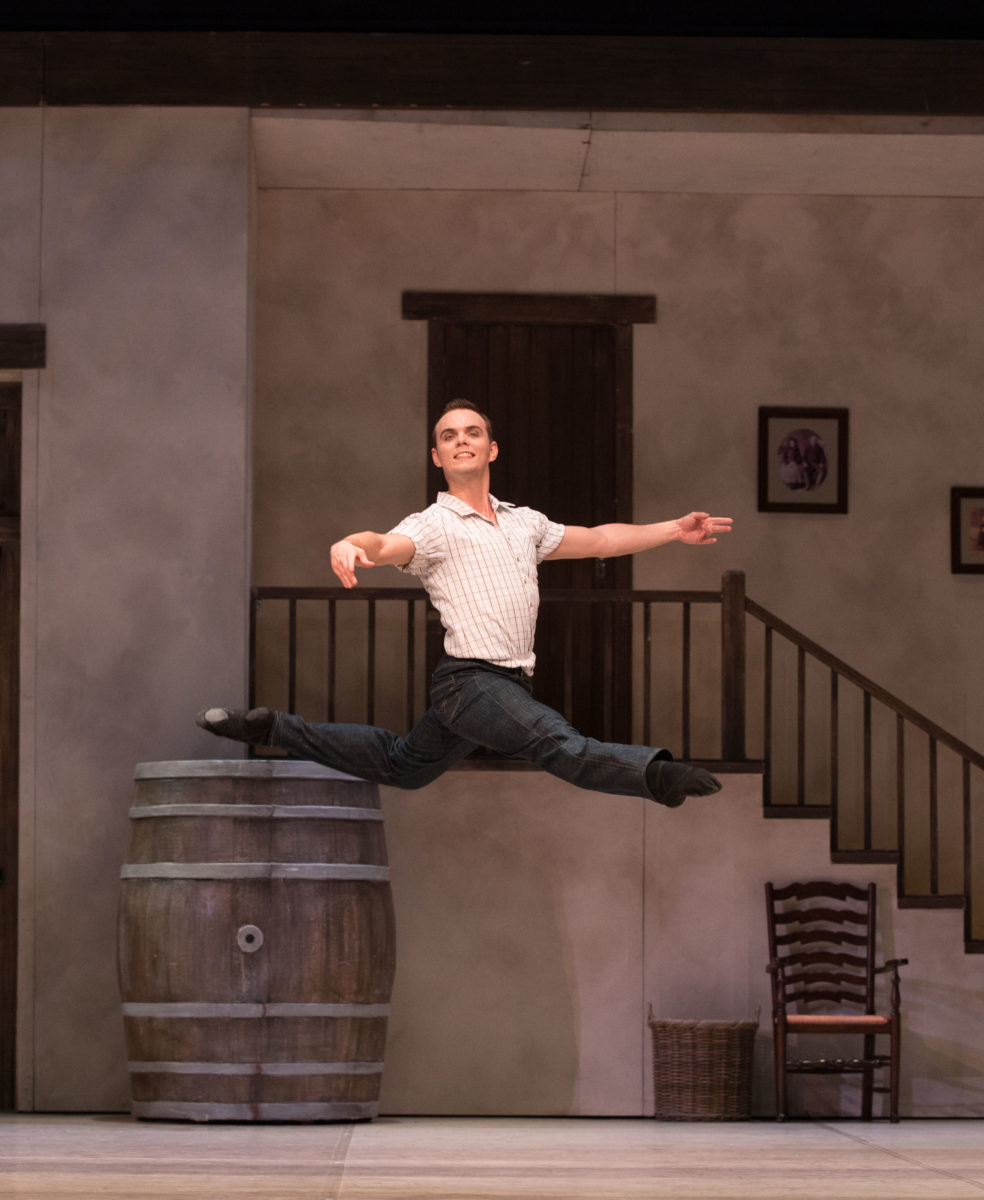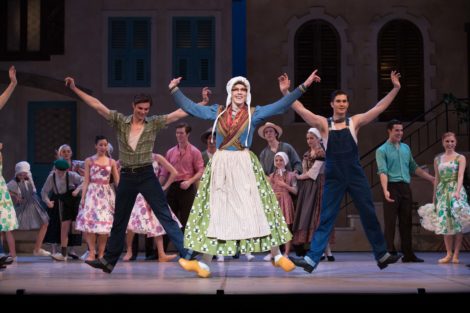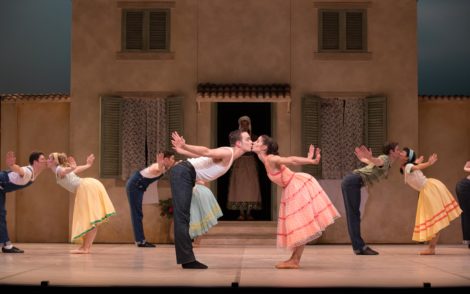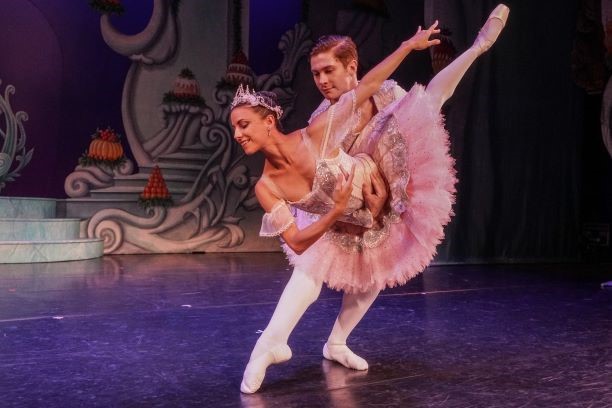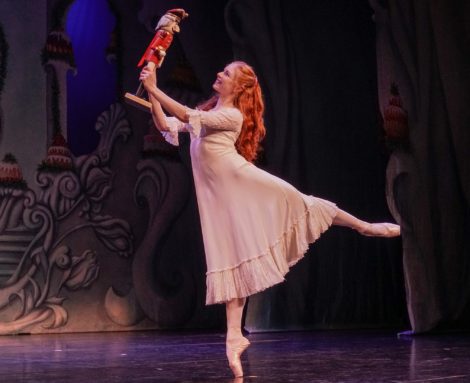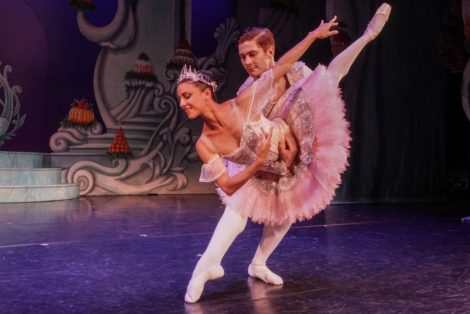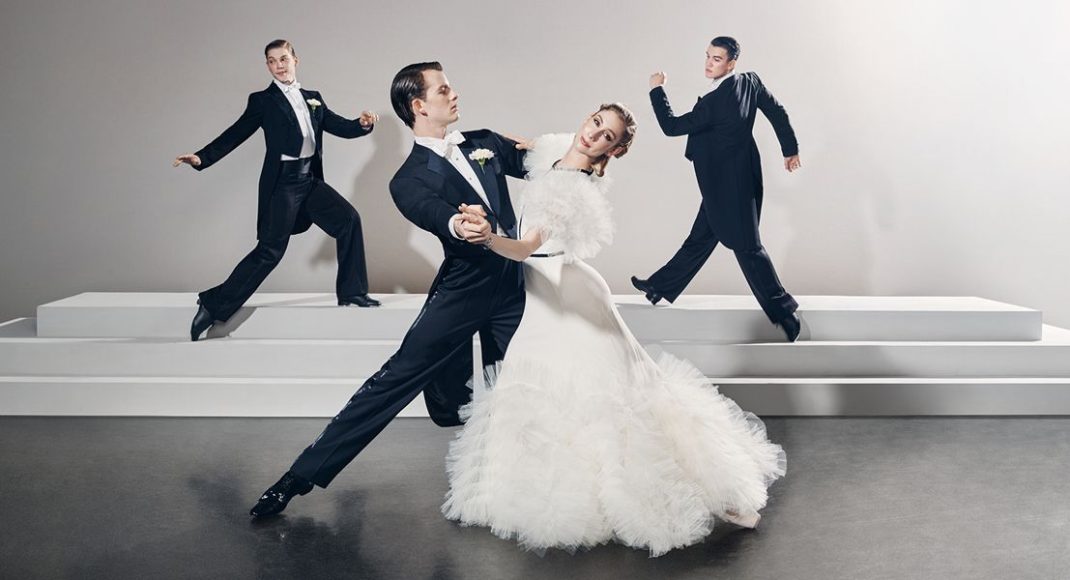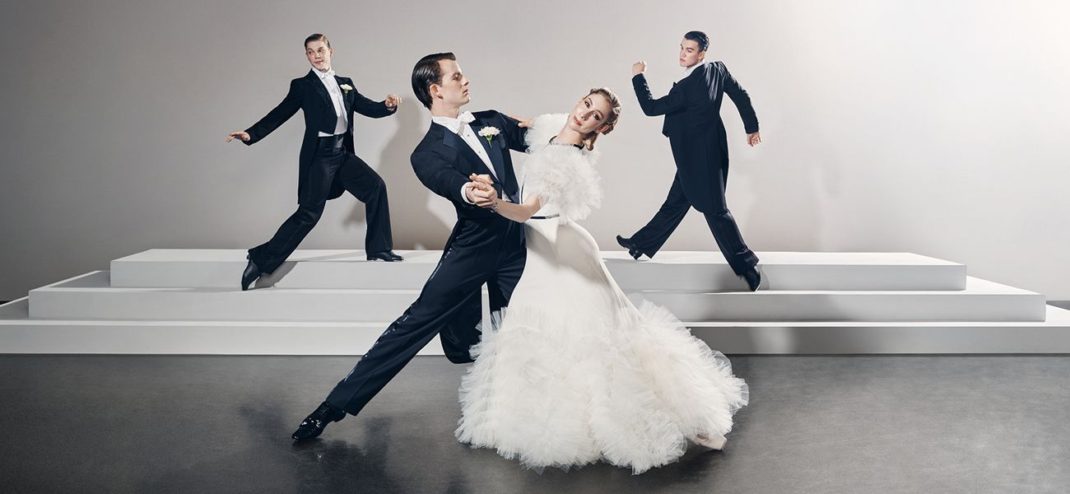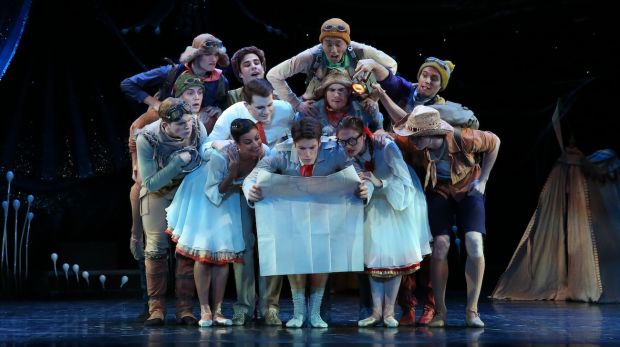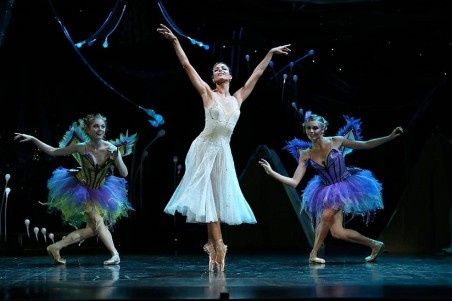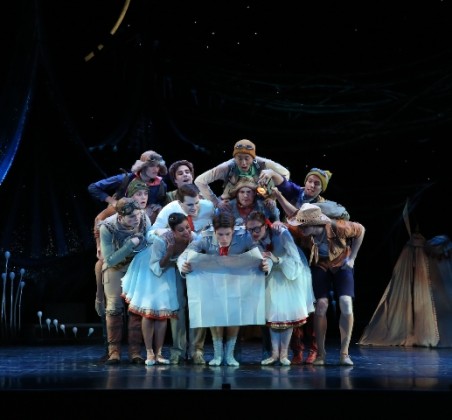This month’s dance diary is distinguished by two appointments to major dance organisations—the Australian Ballet School and the Royal Academy of Dance—and one major move by a dancer from Queensland to Switzerland.
- Megan Connelly appointed as director of the Australian Ballet School
Megan Connelly has been announced as the next artistic director and head of school at the Australian Ballet School. She takes over from Lisa Pavane, who will retire shortly. Connelly will begin her role at the end of May 2024 and will initially work alongside Pavane so that a smooth transfer can occur.
The Australian Ballet School announcement reads in part:
The Artistic Director & Head of School is a strategic and creative leadership role responsible for artistic and educational excellence and student wellbeing. This key role requires deep experience within the art form, an understanding of ballet trends, strong national and international networks and expertise in elite ballet instruction and performance.
Connelly’s career to date has been extraordinarily diverse and her qualifications and experience, as set out in the media release from the Australian Ballet School, suggest she is the ideal person to take on the role.
- Alexander Campbell appointed to lead RAD
Sydney-born Alexander Campbell, who received his early dance training at Academy Ballet in his home town, and who then went on to dance with Birmingham Royal Ballet and the Royal Ballet, has been appointed to lead the Royal Academy of Dance in London. He succeeds Gerard Charles who retired in 2023. Campbell began his tenure this month, April 2024.
Read more from the Royal Academy at this link.
- Joel Woellner to join Ballet Zürich
Joel Woellner, principal dancer with Queensland Ballet since June 2021, has accepted a contract with Ballet Zürich, which is currently directed by Cathy Marston. He will start with his new company in August 2024 and will give his last performance with Queensland Ballet in Greg Horsman’s Coppélia in June. In a contribution to the just-released media statement Woellner comments, ‘It’s with mixed emotions I make this career change, but I look forward to the new challenges. This is not goodbye, but rather see you again soon.’
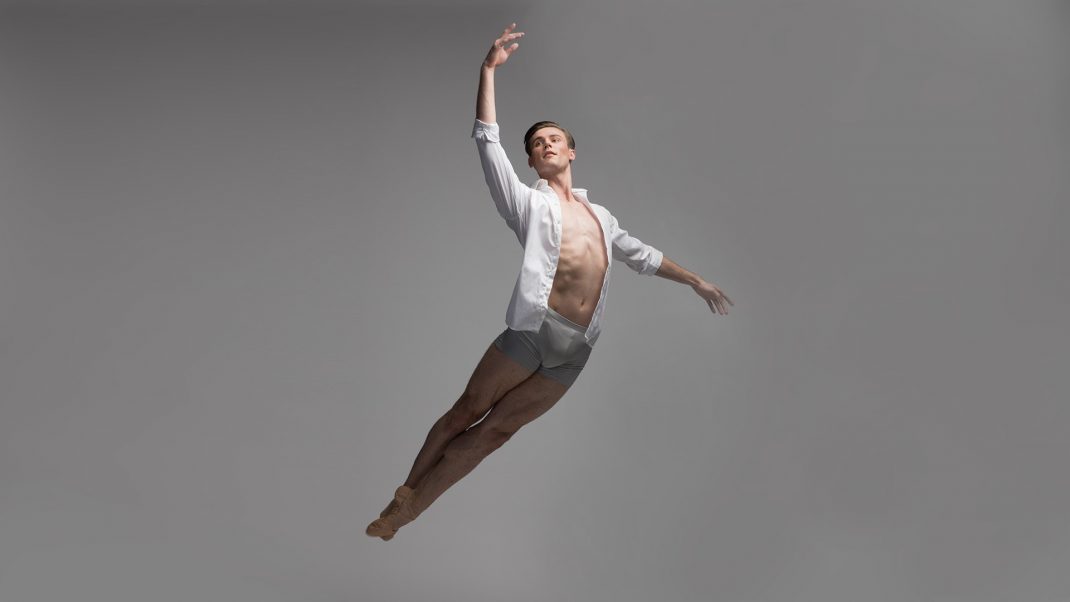
Woellner’s work with Queensland Ballet has always been eminently watchable. I especially enjoyed his recent performance as Oberon in A Midsummer Night’s Dream. But there are lots of other roles where he has shone. See this tag for my comments on Woellner’s work over several years.
- International Dance Day 2024. The Message
Marianela Nuñez, principal dancer with the Royal Ballet, delivered this year’s message for International Dance Day. See this link for the English version of the short message and this tag for comments about Nuñez on this website.
- Recent Reading
The latest dance book I have read has been Deborah Jowitt’s biography of Martha Graham—Errand into the Maze. The Life and Works of Martha Graham, published early in 2024. I couldn’t fail to be impressed by the extensive research that went into this book. Jowitt, as a former dancer, understands the technical side of dance and describes so well each of the many dances that she includes in the book. But I have to admit that I found the going hard. Somehow the descriptions started to get tiresome to read as one followed another, followed another, followed another, and I longed for more about Graham’s personal life. That life made an appearance now and then but it just wasn’t a strong component. It could have added a less technical note to what is quite a long book.
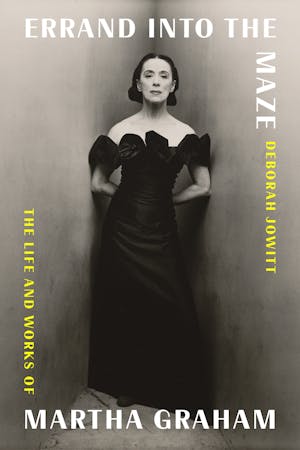
Michelle Potter, 30 April 2024
Featured image: Portrait of Megan Connelly. Photo: © Pierre Toussaint
